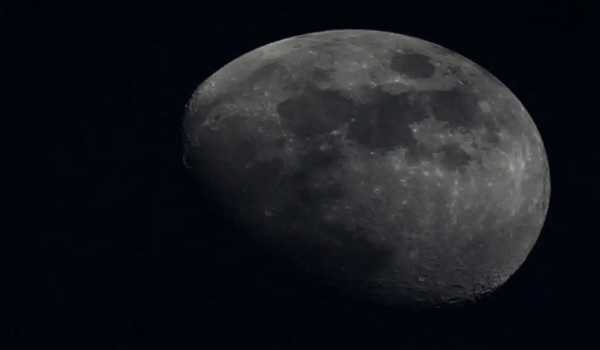PRL Scientsits build 3D thermophysical model for Moon
- Wednesday, March 03,2023
- 7 comments
Chennai, Mar 3 (UNI) Scientists at the Physical Research Laboratory
(PRL), Ahmedabad, have built a comprehensive three-dimensional
thermophysical model for the Moon to derive its surface and sub-
surface temperatures.
An unique feature of this model is its ability to account for lateral
heat transport in three dimensions by utilising the actual topography
of any location on the Moon to compute its realistic surface and
sub-surface temperatures at any scale (from few cms to several kms).
Such a model is not available till date, the Indian Space Research
Organisation (ISRO) said.
The model considers all plausible conditions and parameters to derive
the temperatures and thermophysical parameters of the lunar surface
and sub-surface to represent the most realistic scenario.
The model results compare well with laboratory experiments and
validated using Apollo in situ measurements.
The capability of the model is demonstrated by deriving the thermophysical
behaviour of a small area of Apollo 17 landing site at both regional and local
scales.
This work has several applications both for lunar science and exploration
aspects. To list a few, it can be used to constrain the nature of the outermost
porous/dust layer.
"Knowledge of the nature of this surficial layer on a global scale combined
with model calculations of the subsurface heat propagation can help in
estimating the subsurface boundary showing the influence of solar insolation",
ISRO said.
This is an important input for planning the depth of deployment of heat flow
probes of future geophysical experiments on the Moon. This information can
also effectively be used apriori in determining the lunar heat flow values based
on remote observations and theoretical modeling.
The unique ability of the model to import any complex topography facilitates
the derivation of thermos-physical behaviour for any site of interest on the
Moon to understand its local thermos-physics that has significant implications
on polar water-ice prospecting studies and in situ resource utilisation.
Further, in combination with laboratory measurements, the model will help
to interpret data returned from future in-situ experiments, such as ChaSTE
experiment on Chandrayaan-3 Lander.
This model will also help understanding the local thermal environment of any
location on the Moon which is an essential aspect for future human exploration
and lunar habitat. Importantly, this work gains significance in view of the recent
renewed interest in lunar exploration and planned attempts to send humans
back to the Moon, ISRO said.
ISRO said surface and subsurface temperatures of the Moon are dictated by
a complex interplay of several dependent parameters and therefore exhibit a
significant variation both at local and regional scales.
It said knowledge of these temperature variations and thermophysical
characteristics of the Moon is an important aspect for its scientific
understanding (geophysical characterisation and thermal evolution).
"Such an information is also essential for planning future in-situ experiments,
resource utilisation and even human exploration of the Moon", ISRO noted.

